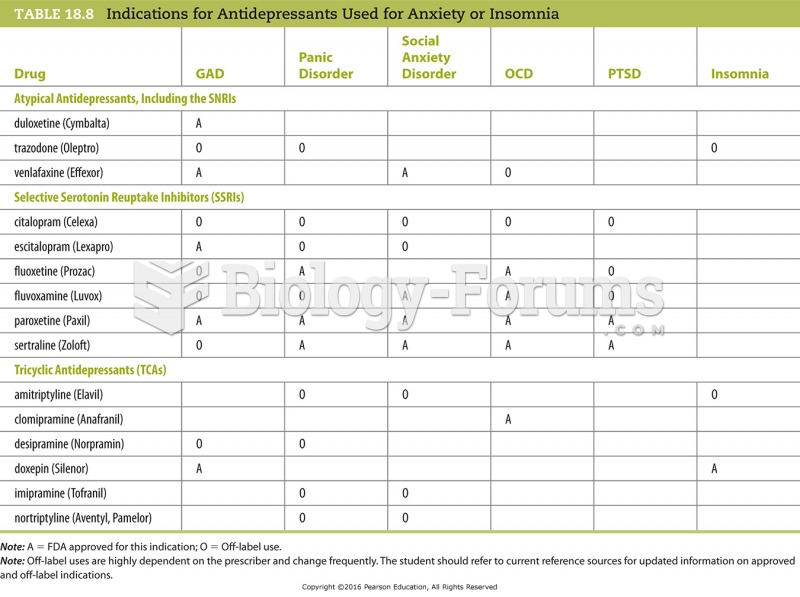This topic contains a solution. Click here to go to the answer
|
|
|
Did you know?
Computer programs are available that crosscheck a new drug's possible trade name with all other trade names currently available. These programs detect dangerous similarities between names and alert the manufacturer of the drug.
Did you know?
Medications that are definitely not safe to take when breastfeeding include radioactive drugs, antimetabolites, some cancer (chemotherapy) agents, bromocriptine, ergotamine, methotrexate, and cyclosporine.
Did you know?
It is difficult to obtain enough calcium without consuming milk or other dairy foods.
Did you know?
People about to have surgery must tell their health care providers about all supplements they take.
Did you know?
The B-complex vitamins and vitamin C are not stored in the body and must be replaced each day.







